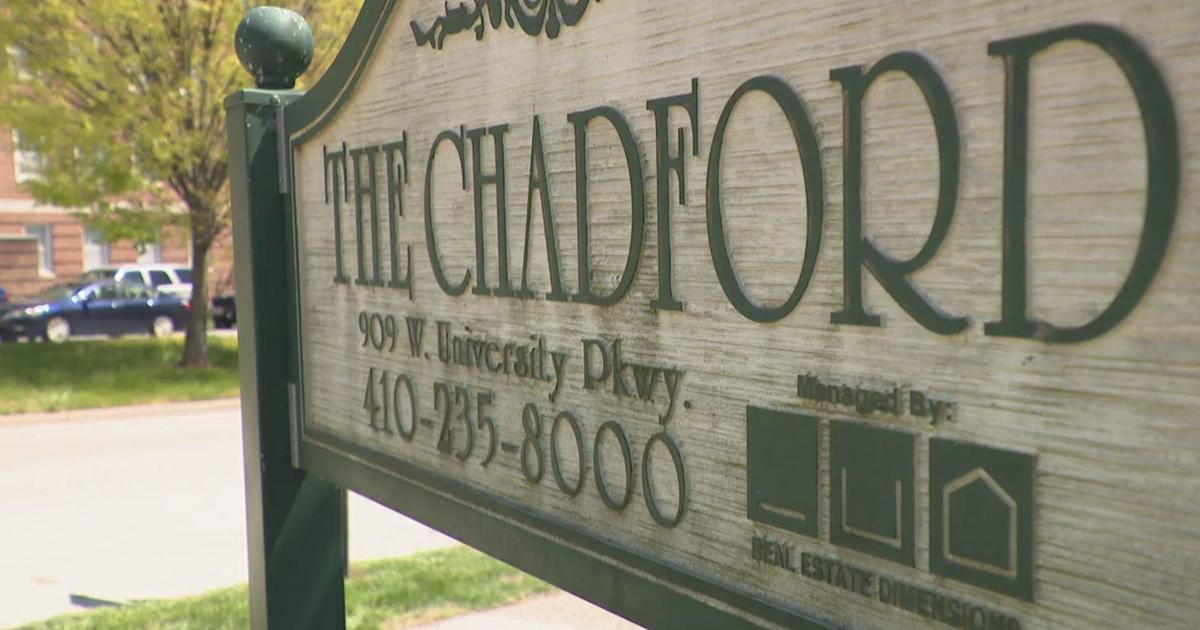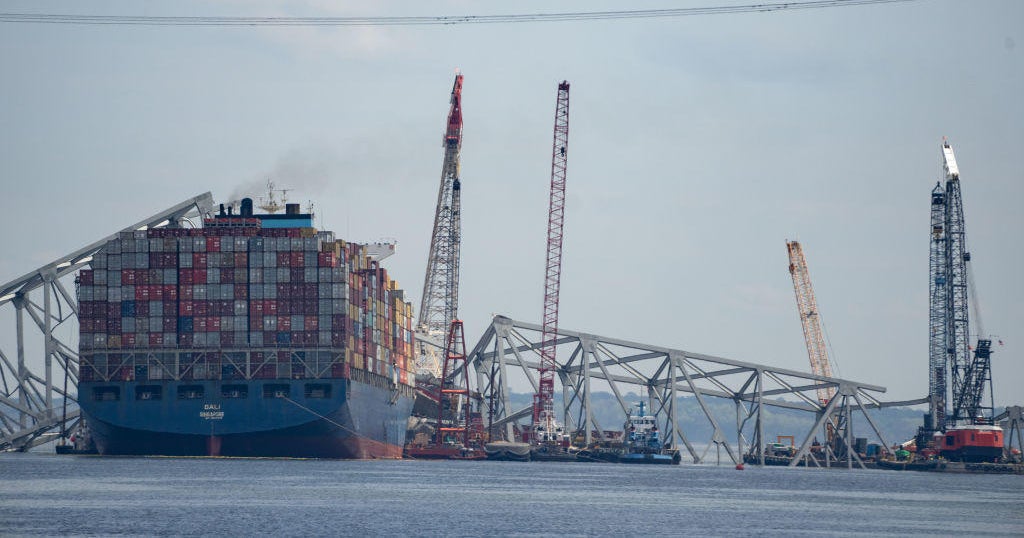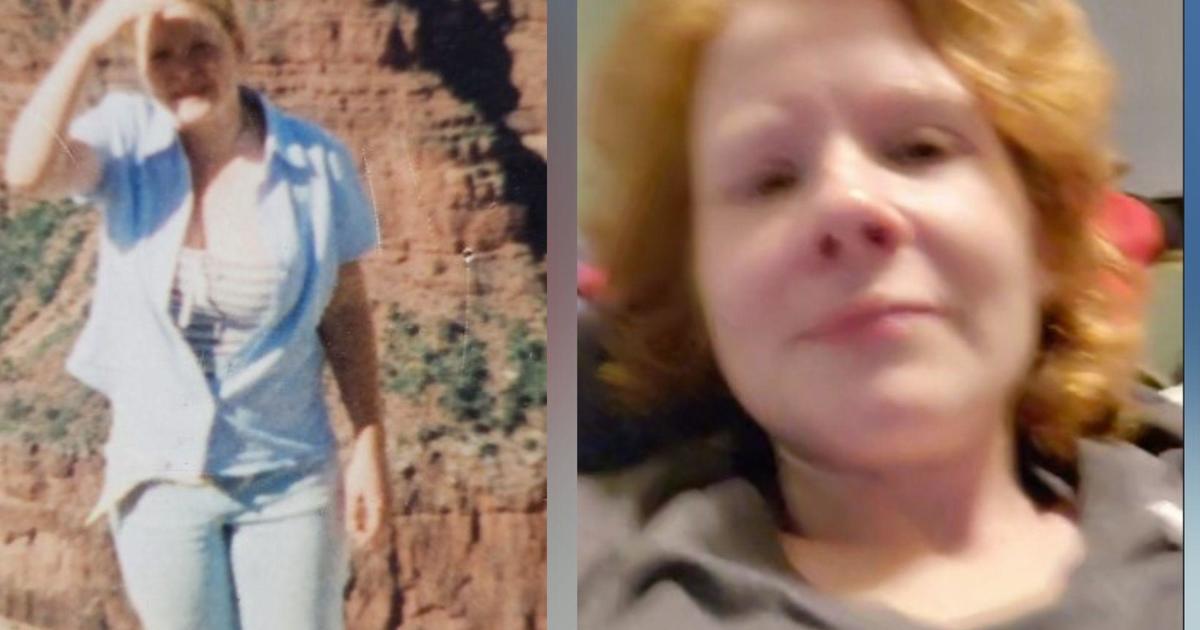This Summer's Dead Zone Much Smaller Than Expected
BALTIMORE (WJZ) -- This summer's "dead zone" is smaller than what was expected.
Throughout the summer, researchers check the Chesapeake Bay for dead zones, also known as the hypoxic or low-oxygen areas of the water, where least oxygen has dissolved.
This good news was made even better by an encouraging trend.
"For the last three years, there have been no levels of Anoxia detected," says Dr. Beth McGee, of the Chesapeake Bay Foundation. "Anoxia basically mean no oxygen and we've not detected that, and that's really significant."
Dead zones are predicted in the spring, by looking upstream from the bay.
Run-off from Pennsylvania and New York is monitored for nutrient pollution, primarily nitrogen and phosphorous. These are the nutrients that feed algae blooms, which in turn reduce oxygen. However, for the third year straight, some oxygen is still being found in dead zones.
"Well if we have just a little bit of oxygen in the water, it keeps the phosphorous in the sediments, and it's not being released and available for the algae," says Dr. Mcgee.
Luckily for the bay, this gives it a breather from having the worst kind of dead zones.
Follow @CBSBaltimore on Twitter and like WJZ-TV | CBS Baltimore on Facebook



